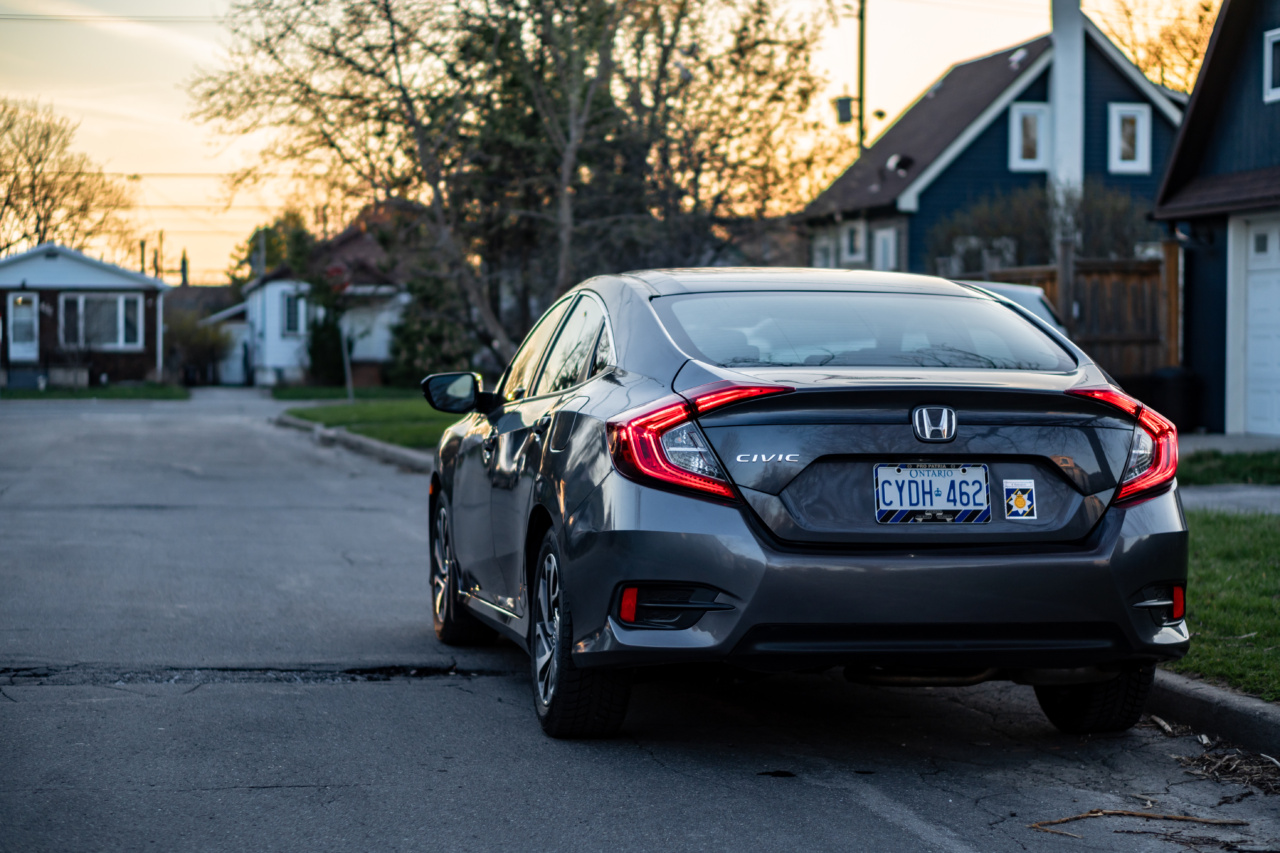It’s a common experience to park your car at a mall, a concert venue, or a busy street, and then forget where you left it.
It’s frustrating and it wastes time, but why does it happen so frequently? There are several reasons why we can’t remember the location of our parked car, and they relate to our cognitive processes, the environment, and distractions that occur during the parking and retrieval of the vehicle. In this article, we’ll explore these factors and suggest some tips for avoiding the inconvenience of a misplaced car.
Cognitive factors
Human memory is neither perfect nor consistent, and in the case of parking, we often rely on spatial memory or episodic memory to recall the location of our car.
Spatial memory is our ability to remember the layout of a space, such as a parking lot or a city block, and to navigate it efficiently. Episodic memory is our ability to encode and retrieve unique events that occur in a specific time and place, such as the act of parking the car in a particular spot.
However, both of these memory systems can fail due to various factors. For example, if we are distracted or stressed while parking, our attention may shift away from the details of the surroundings, making it harder to remember where we parked.
Similarly, if we park in a busy or unfamiliar area, our spatial memory may be overwhelmed by the complexity of the environment, causing confusion and disorientation. Additionally, if we have similar experiences of parking in different locations frequently, we may also confuse the details of each instance, making it harder to recall specific details.
Environmental factors
The environment where we park our car can also affect our ability to remember its location. One of the most common challenges is parking in a large and crowded lot, such as in a mall or a stadium.
In such situations, we may not only face limited visibility due to other cars, but we may also lose sight of familiar landmarks or cues that we use for spatial orientation. For instance, we may not see the sign or the building where we entered the lot, making it harder to retrace our steps.
Similarly, parking in a new or unfamiliar area can also pose a challenge.
Without prior knowledge or experience of the space, we may struggle to generate a mental map of the surroundings and to anchor our memory of the car’s location to specific elements. Furthermore, if we park in a poorly lit or poorly maintained area, our attention and focus may be diverted to safety concerns or unpleasant stimuli, such as the risk of theft or vandalism, further impairing our memory.
Distraction factors
Distractions can occur at any point during the process of parking and retrieving the car, and they can interfere with our ability to encode and retrieve relevant information.
For example, if we are talking on the phone or listening to loud music while parking, our attention may be divided, reducing our capacity to attend to the details of the surroundings. Similarly, if we are in a hurry or under stress, we may rush through the process of parking, ignoring cues or landmarks that later become important for recalling the car’s location.
Distractions can also occur during the retrieval phase, especially if we are in a rush or facing external pressures, such as a deadline or a scheduled appointment.
In such situations, we may hastily scan the area or overlook certain clues, such as the color or the type of the adjacent cars, which can cause confusion and uncertainty. Furthermore, if we are in a state of anxiety or agitation, our memory and attention may be impaired by the release of stress hormones, such as cortisol, which can interfere with the consolidation and retrieval of episodic memories.
Preventing the problem
Although forgetting where we parked our car can be a frustrating and time-consuming problem, there are several strategies that can help minimize the risk of misplacing it.
First, it’s important to pay attention to the environment and the details of the surroundings while parking and to create a mental map of the lot or the street. This can involve taking a few extra seconds to note the direction of the entrance or the exit, to identify any landmarks or signs, or to take a photo of the location with a smartphone.
Second, it can be helpful to use external aids to assist in location and retrieval, such as the GPS or the navigation system of the car, or the use of a parked-car locator app on a smartphone.
These tools can help to pinpoint the exact location of the car quickly and to guide the driver to it without the need for guesswork or memory recall.
Third, it can be useful to establish a routine or a habit for parking and retrieval, such as always parking in the same area or aisle, repeating the location out loud or writing it down, or performing a quick scan of the surroundings before leaving.
These habits can help to enhance the spatial and episodic memory systems by creating consistent and reliable patterns of associative learning and retrieval.
Conclusion
Forgetting where we parked the car is a common experience that can be caused by various cognitive, environmental, and distraction factors.
By understanding these factors and by using some of the strategies recommended above, we can reduce the likelihood of misplacing the car and save time and energy in the process. Ultimately, the key is to be alert, prepared, and focused throughout the process of parking and retrieval, and to rely on our cognitive and environmental cues as much as possible.





























